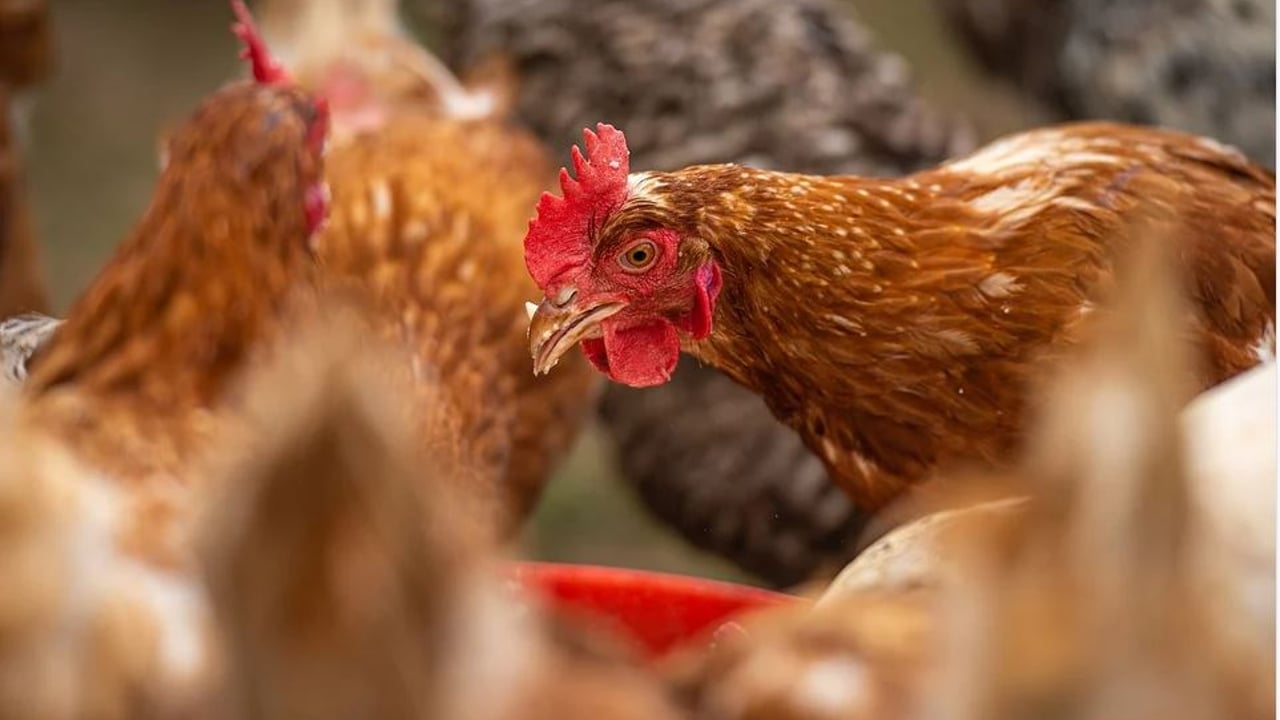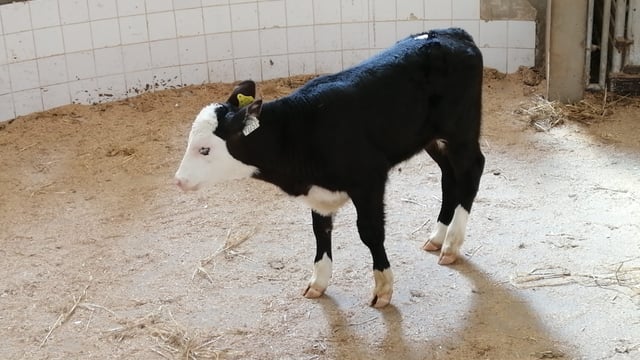USDA invests $1 billion to combat bird flu and lower egg prices
The US Department of Agriculture (USDA) has announced a $1 billion comprehensive strategy to curb highly pathogenic avian influenza (HPAI) or bird flu, to protect the US poultry industry, and lower egg prices.
This is in addition to funding already being provided to those with flocks impacted by the disease.
US secretary of agriculture Brooke Rollins rolled out a five-pronged strategy for the disease, which includes an additional $500 million for biosecurity measures, $400 million in financial relief for affected farmers, and $100 million for vaccine research.
The strategy also includes actions to reduce regulatory burdens and exploring temporary import options.
On announcing the plan, Rollins said: “American farmers need relief, and American consumers need affordable food. To every family struggling to buy eggs: We hear you, we’re fighting for you, and help is on the way.”
The USDA will expand its Wildlife Biosecurity Assessments to producers across the nation, beginning with egg-layer facilities, to safeguard farms from the cause of 83% of HPAI cases: transmission from wild birds.
The department will also expand biosecurity audits, and free audits will continue for farms affected by the disease.
The USDA will deploy 20 trained epidemiologists as part of its increased biosecurity audits and Wildlife Biosecurity Assessments to provide actionable and timely advice to producers on how to reduce HPAI risk at their facilities.
New programs are being explored to aid farmers to accelerate the rate of repopulation, including ways to simplify the approval process to speed recovery.
Up to $400 million will be available to support these costs for the remainder of the fiscal year.
There will immediately be biweekly discussions on possible vaccines and therapeutics, and the department will also brief the public on its progress biweekly until further notice.
It will solicit public input on solutions, and will involve governors, state departments of agriculture, state veterinarians, and poultry and dairy farmers on the issues.





